Yellow + Blue
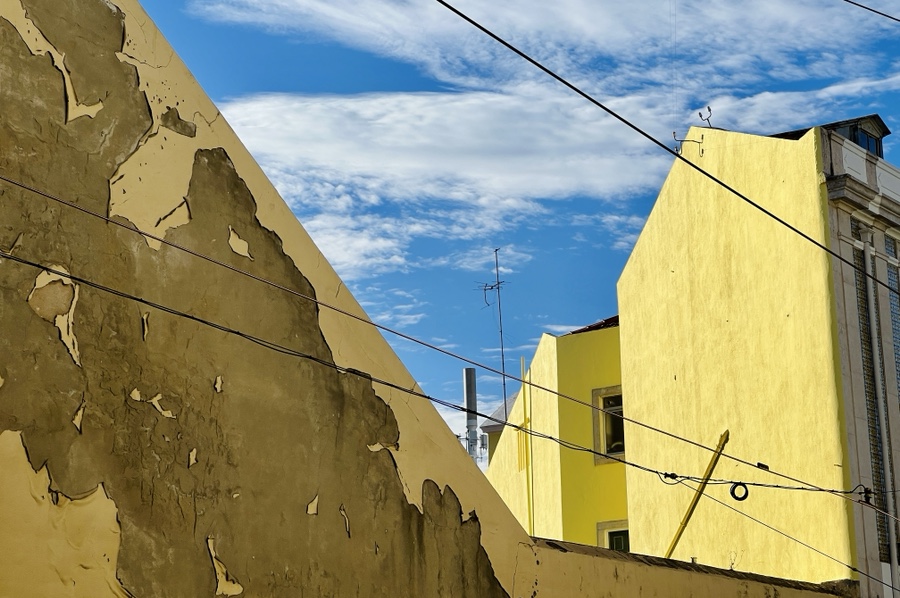


Walked by that wall in the morning. I enjoy literary graffiti! A little later, I sat down in a cafe and, aided by a pão de queijo and a cappuccino, attempted a translation. I think this covers the meaning, but my Portuguese is lousy:
And again we find ourselves together, the three,
refusing to be the sedative shadow of a warrior’s rest.
Warriors, we, women of full (whole?) body and holding hands.
New Portuguese Letters 1972We join you, Tres Marias,
in sorority, in struggle, feminists.
8 March 2023
Wikipedia has this (LINK)
New Portuguese Letters (NPL) was conceived in 1971, three years before the Carnation Revolution and the consequent independence of the Portuguese colonies in Africa. Its authors, Maria Isabel Barreno, Maria Teresa Horta and Maria Velho da Costa, were already established writers. They began to meet twice weekly in Lisbon, publicly for lunch and privately for dinner, in order to “examine the problems they shared as women and as liberal writers.” A volume of poetry by Horta had recently been banned, and they intended their new work as a direct challenge to the censors, and also, one critic has written, as “an incitement to insurrection, based on the conviction that “when woman rebels against man, nothing remains unchanged“
Emphasis my own. Well, it should happen more often then!
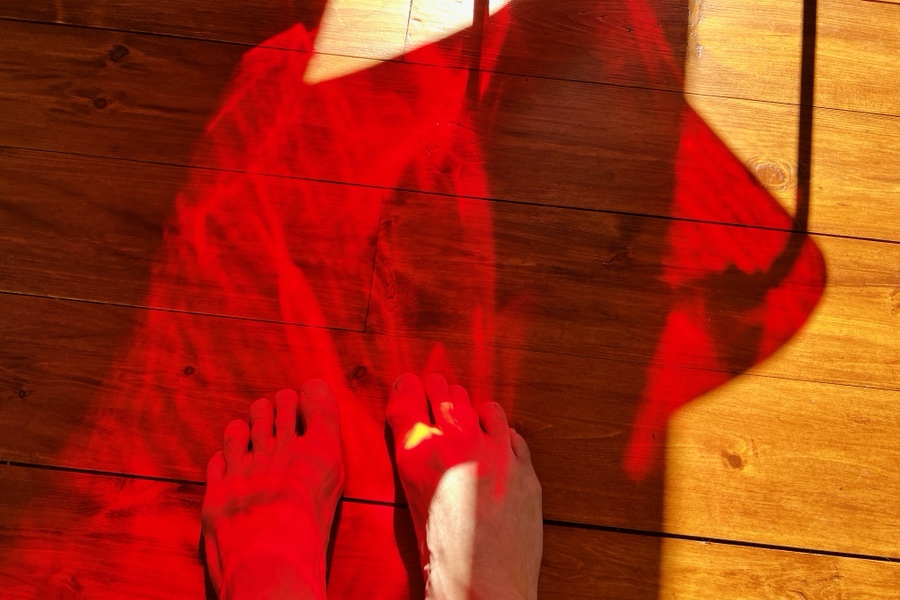
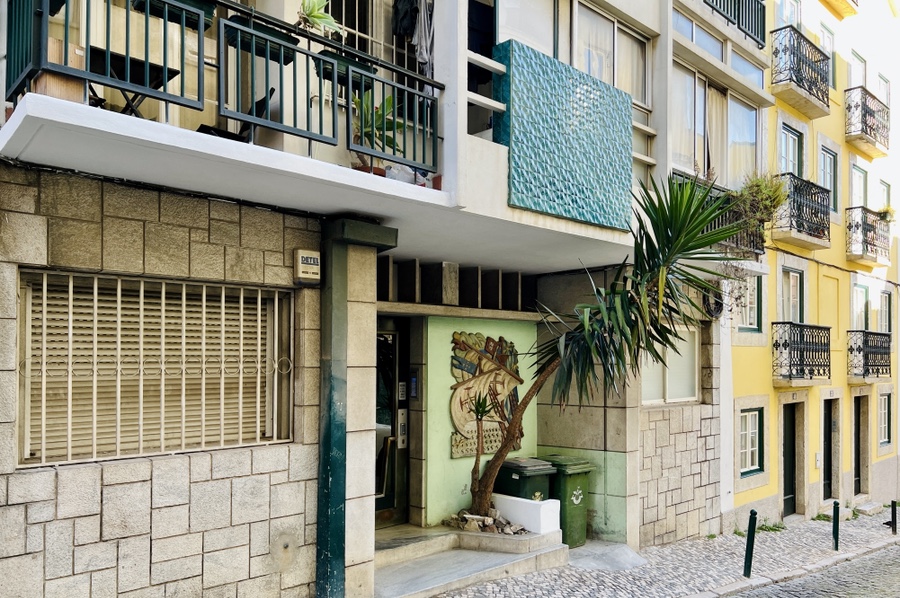
Just look at that little palm, craning its neck, stretching upwards, surviving. I see you!
My favorite way to work with music is, perhaps, akin to Sumi-e – painting with sumi ink on rice paper. The strokes have to flow quickly and the brush can’t linger anywhere or it might break through the rice paper. At least that’s the way I understand the process.
In this case, on Thursday evening I had played around with four chords that I could play in such a way that all of them had the open E as the top note. D maj 7, Bm, G, A9. Of those four chords only the last one would normally be played with an open E at the top. I have always liked a top note that connects several chord changes. Sounds great in string sections. While the violas and cellos define the chord change, some of the violins keep the connecting note going.
Yesterday morning I wanted to give this idea a go. Sometime last month, I had put together a rain rhythm, with a tempo of 65BPM, that also included the call of corvids on Jon’s street in Santa Fe (he let me use his recording) and that tempo worked for my idea. I played the chord changes as an arpeggio. Then I played the E as a harmonic, to fall exactly where the open string was played at the end of every chord. Next I improvised some melodies. Et voilá, two hours later I walked to a favorite cafe for lunch, listening to the piece on repeat.
What do you hear? I hear a late Summer’s afternoon. Perhaps one sits, happy and satisfied after a late lunch, under the awning of a cafe when a rain shower starts. While the drops are falling, sunlight is breaking through the clouds, filtering through the leaves of tall trees, which makes everything shimmer. Corvids are having a conversation. There is absolutely no need to get up and do anything. Just play the music again…
I think when creating something, anything, it’s important to mute the judgement section of one’s brain. You know, the part of us that says it’s not complicated enough, it’s not impressive enough, it just won’t do! Those are the thoughts that make the brush break through the rice paper and ruin the movement.
Or, as Nike says, Just Do It. You can always bin it later. :-)
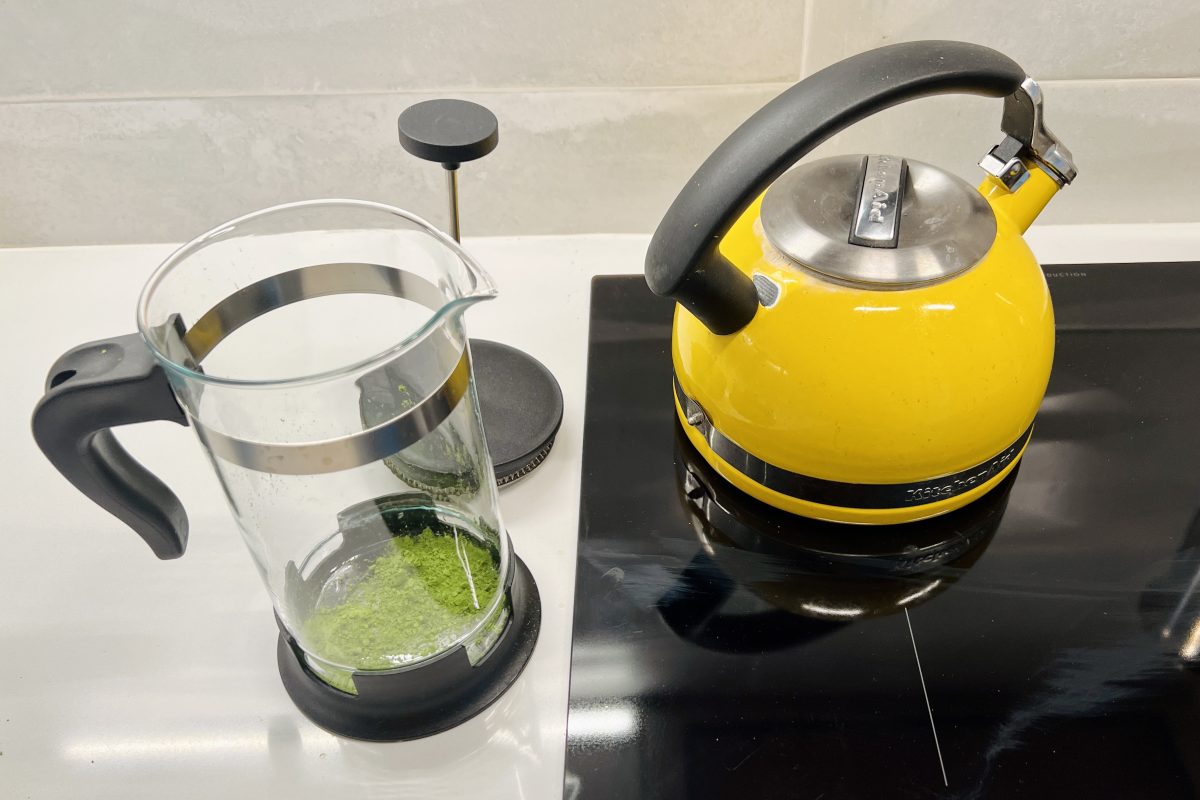
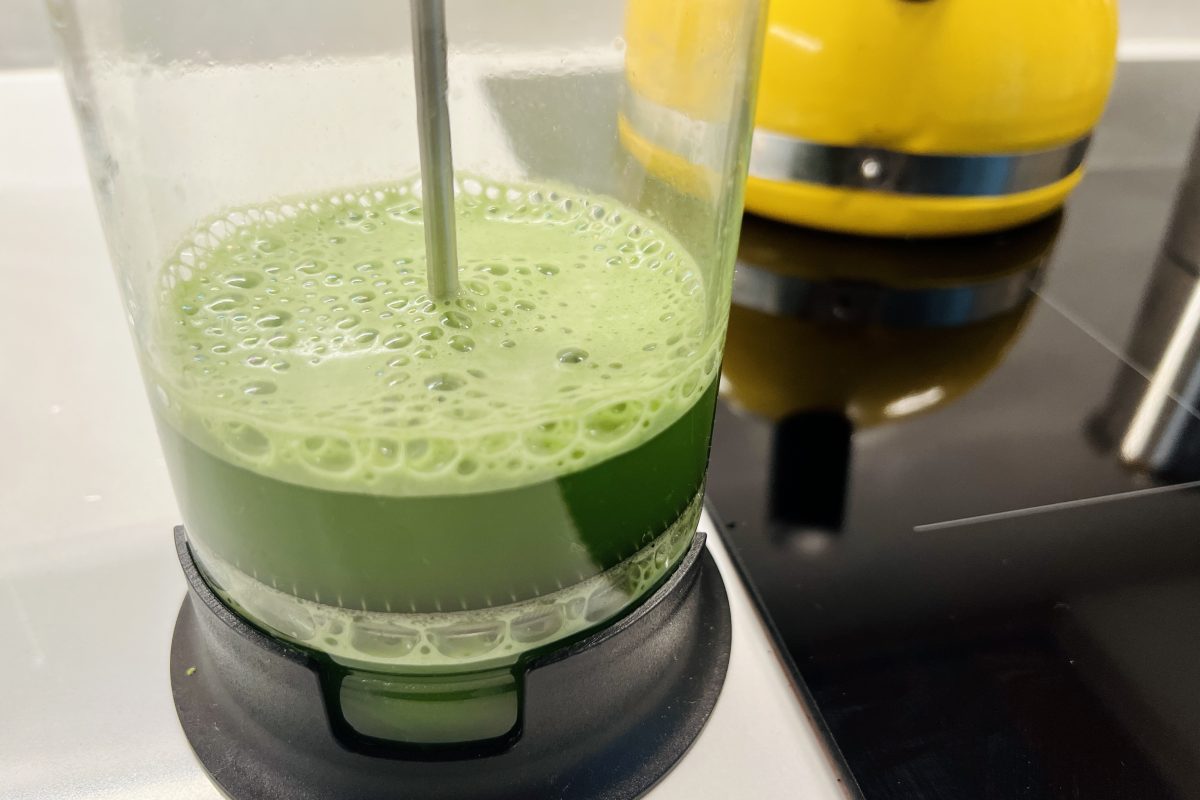
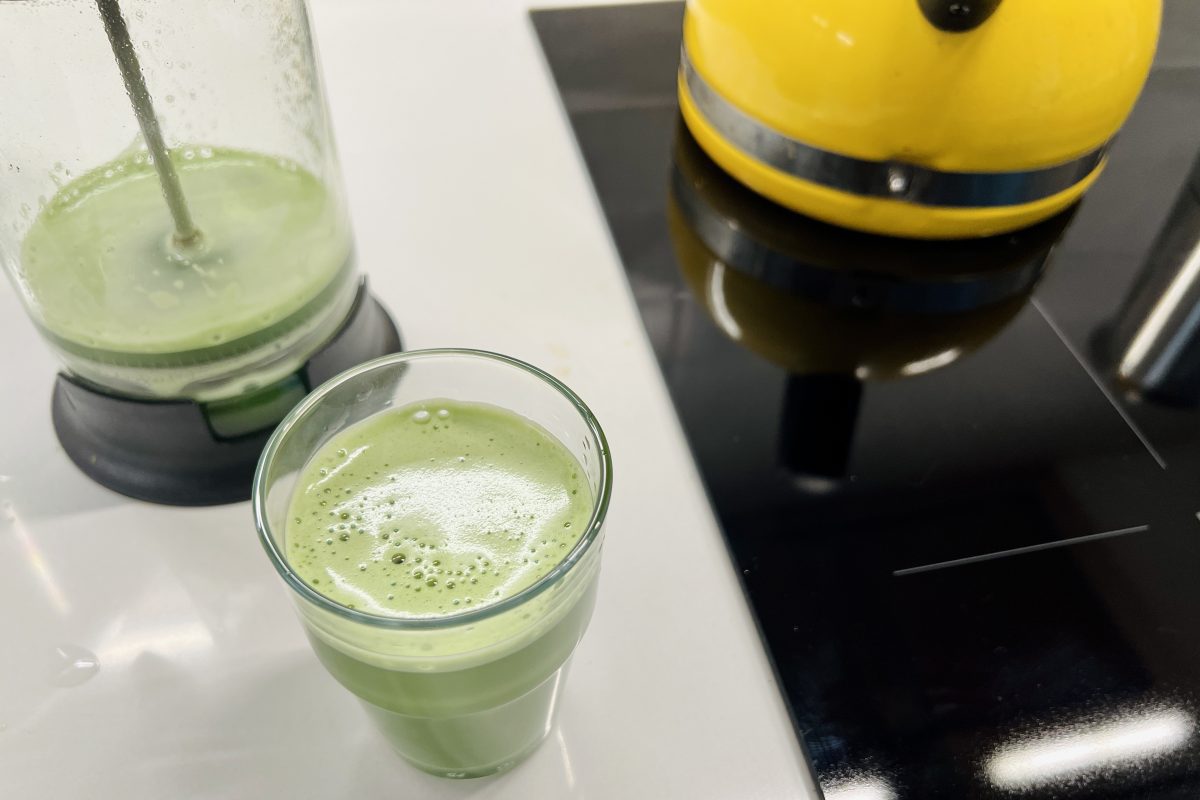
Today, I wanted a bowl of matcha. I looked around and saw that I have a unused coffee press. I boiled water, mixed it with cold water until the temperature felt right, poured it over the tea powder and worked the plunger. Voilá. Not bad. Much better than no matcha. :-)
PS: I did forget to make that half turn of the bowl that Yumiko showed me. Then again, I had no bowl.